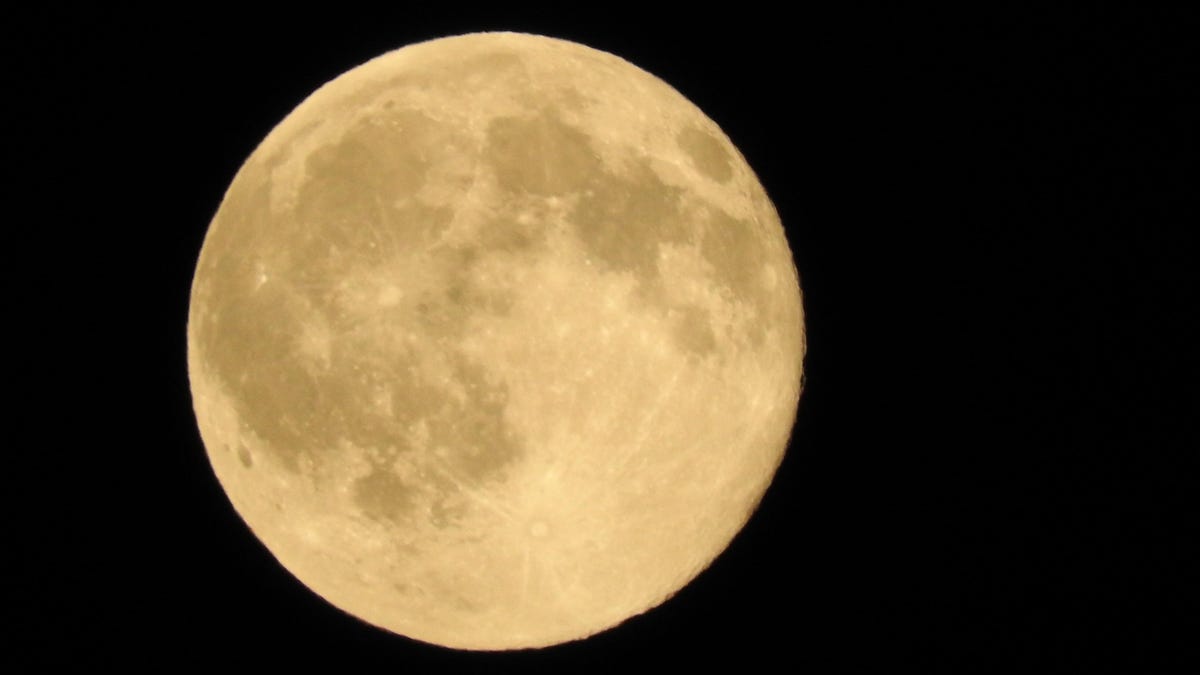Here Are All the Astro Events to Watch in June
In addition to bringing us the summer solstice—the longest day of the year in the Northern Hemisphere—June is packed with celestial events, from meteor showers to planet sightings. Throughout the month, Mars and Venus will be getting closer together...

In addition to bringing us the summer solstice—the longest day of the year in the Northern Hemisphere—June is packed with celestial events, from meteor showers to planet sightings. Throughout the month, Mars and Venus will be getting closer together in the western night sky, while Saturn and Jupiter will be visible (and rising with the crescent moon on June 14) in the eastern sky before sunrise.
Here’s a rundown of when you should look up at the sky this month.
June 2: Mars and the Beehive
This event began on June 1 but will be visible through Friday night. The Beehive cluster, also called M44, is one of the brightest star clusters in the sky and is found within the constellation Cancer. For two nights, you’ll be able to see Mars’ red glow within this cluster. Locate bright Venus in the western sky and then look just above it to view Mars.
If you need help finding stars, constellations, and planets, there are a handful of sky-gazing apps to guide you.
June 3: Strawberry Moon
This month’s full moon will be brightest on June 3 at 11:42 p.m. ET, though it will be visible from June 2 in the evening to early in the morning on June 5. The moon won’t actually glow red like the fruit—rather, the name originated with the Algonquian, Ojibwe, Dakota, and Lakota peoples to mark the harvest of “June-bearing” strawberries.
Look toward the southeastern sky to see the Strawberry Moon rise above the horizon.
June 7: Arietid meteor shower peak
Meteor showers that happen during the day are much harder to see, but there’s a chance you could catch the Arietids around sunrise during the first and second weeks of June. The Arietids are believed to be the most active daytime meteor shower running from May 29 to June 17.
For your best shot at a viewing, get out during the last dark hour before dawn on June 7 and face east. Many meteors won’t rise above the horizon, but some will move upward in the eastern sky.
June 21: Summer solstice
On the longest day of the year in the Northern Hemisphere, the sun makes its highest, longest path across the sky. This means approximately 16 hours of daylight in some places before the sun begins its path back south until the winter solstice.
June 27: Bootid meteor shower max
The Bootid meteor shower doesn’t typically produce much visible activity, but you may be able to catch some around its peak on June 27. Once the moon sets at 1:39 a.m. ET, there will be no light interference. The radiant point will be above the horizon all night. Set your location on In The Sky to get exact times for your area.

 JaneWalter
JaneWalter 
































